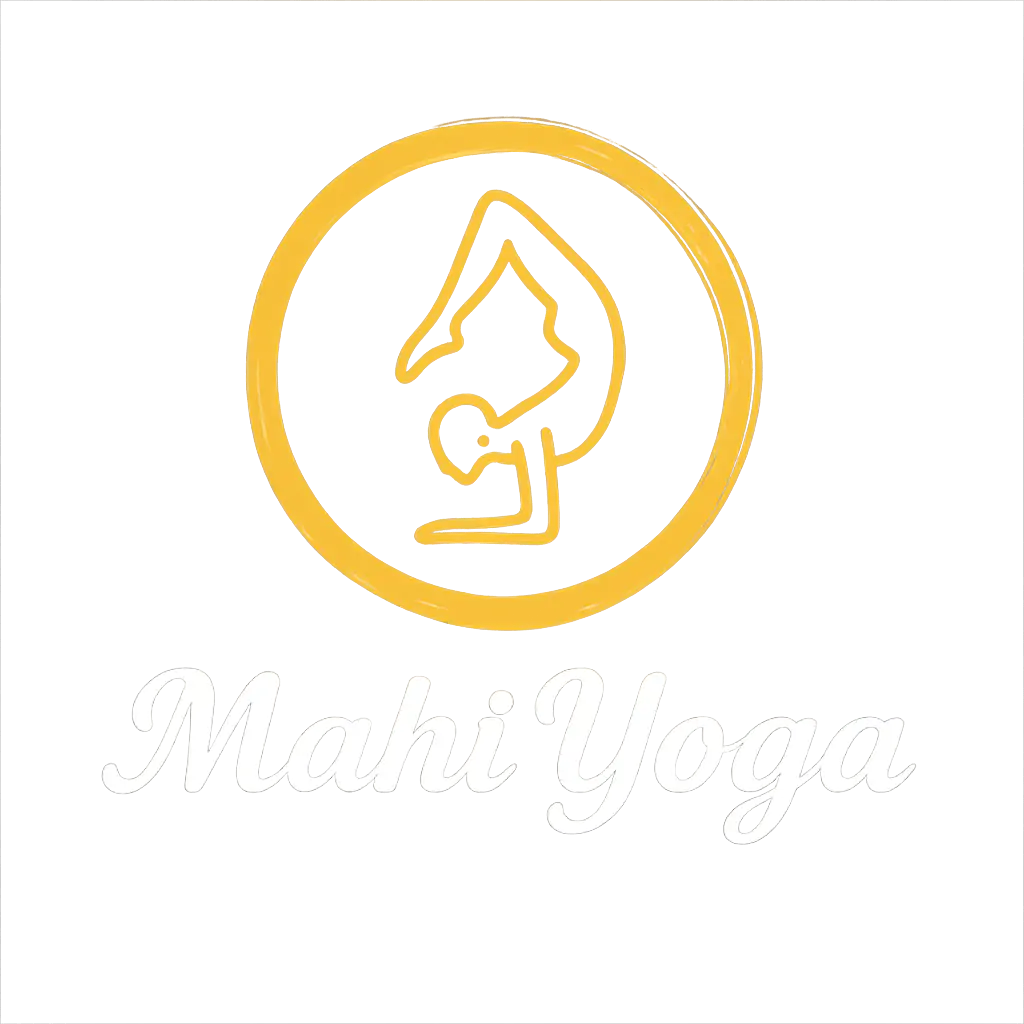Look, I’ll be honest with you. When I first heard someone talking about chakras at a yoga class years ago, I thought it was complete nonsense. Energy centers? Spinning wheels of light? It sounded like something out of a fantasy novel.
But here’s the thing that changed my mind: I started noticing patterns. When I felt anxious and scattered, I’d inevitably have lower back pain. When I couldn’t speak up for myself at work, my throat would feel tight for days. When I was heartbroken after a breakup, my chest literally ached.
Turns out, thousands of years before we had modern medicine, ancient practitioners in India were mapping out these exact connections between our emotional states and physical symptoms. They called these energy centers “chakras”. A Sanskrit word meaning “wheel”, because they saw them as spinning discs of energy running up the spine.
Now, before you roll your eyes, let me clarify something important. The chakra system isn’t some new age invention designed to sell you crystals and essential oils (though plenty of people are trying to do exactly that). It’s actually a sophisticated framework that dates back to ancient Hindu texts like the Vedas, written over 3,000 years ago.
What Actually Are Chakras?Vishuddha
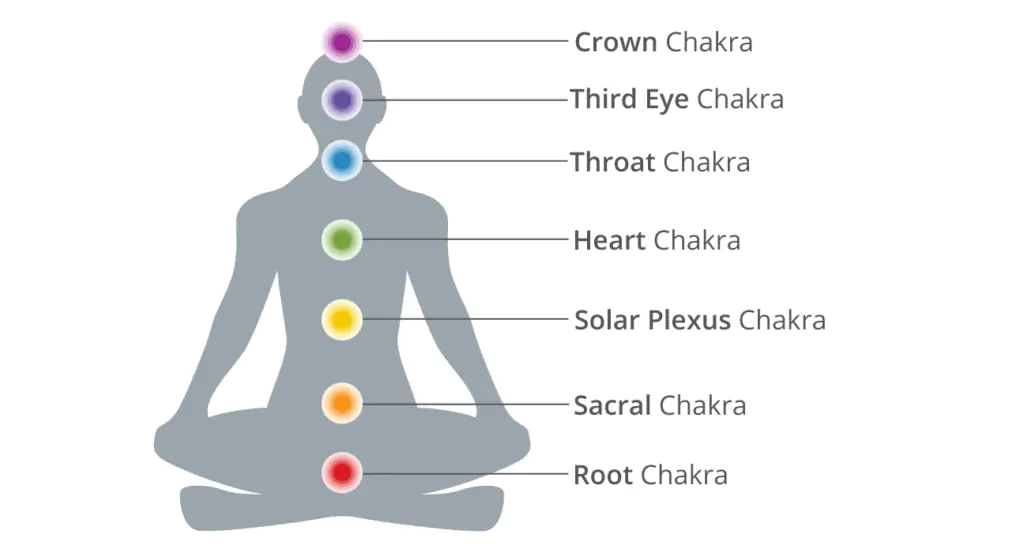
Think of your chakra system like the electrical wiring in your house. When everything’s working properly, energy flows smoothly and all your systems function well. But when there’s a blockage or short circuit somewhere, you start experiencing problems – lights flickering, appliances not working, that sort of thing.
In your body, Vishuddha chakras work similarly. They’re focal points where physical, emotional, and spiritual energies converge. Traditional texts describe them as lotus flowers with different numbers of petals, or as spinning wheels of energy. Each one governs specific aspects of your life experience.
Here’s what’s fascinating: modern research is actually backing up some of these ancient observations. Studies show that meditation focused on specific body regions can measurably affect things like heart rate variability, cortisol levels, and even immune function. A 2020 study published in the Journal of Alternative Medicine found that people practicing chakra focused meditation showed significant reductions in anxiety compared to control groups.
The Seven Main Energy Centers
1. Root Chakra (Muladhara) – Your Foundation
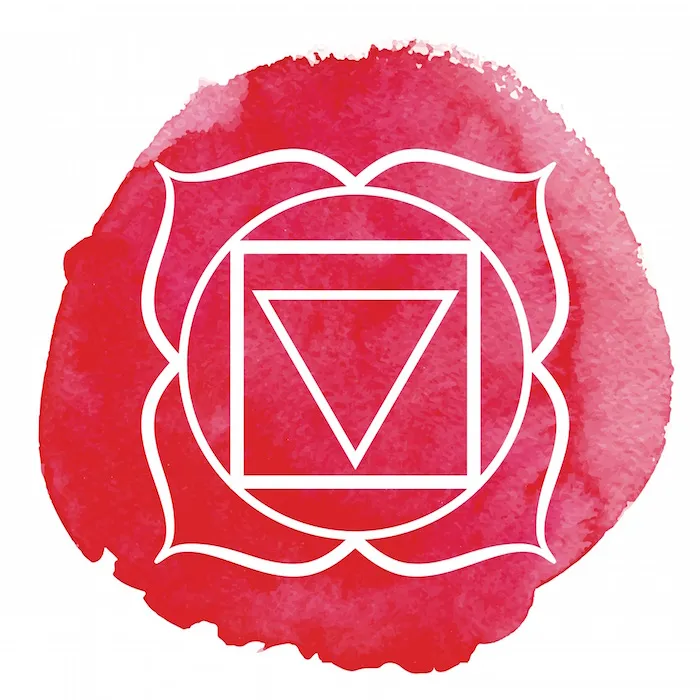
Location: Base of your spine
Color: Deep red
Element: Earth
This is your survival center, your energetic roots. When it’s functioning well, you feel grounded, secure, and confident about meeting your basic needs. You sleep well, have steady energy, and don’t panic about money or safety.
When it’s blocked? That’s when anxiety kicks in. You might find yourself lying awake at 3 AM worrying about bills, or feeling like you don’t belong anywhere. Physically, you might notice lower back pain, leg problems, or digestive issues.
I remember during a particularly stressful job transition, my lower back was killing me for months. No amount of stretching helped. It wasn’t until I addressed the underlying fear about financial security that the pain finally eased up.
Common signs of imbalance:
- Chronic anxiety about money or safety
- Lower back pain or hip stiffness
- Feeling “spacey” or ungrounded
- Difficulty sleeping
- Digestive problems
Simple healing practices:
- Walk barefoot on grass or dirt (seriously, this works)
- Eat red foods like beets, pomegranates, or red peppers
- Practice grounding poses like Mountain Pose or Child’s Pose
- Spend time in nature
- Work with affirmations like “I am safe” or “I belong here”
For deeper work on root chakra healing, you might want to explore specific grounding techniques (All You Need to Know About Muladhara Chakra) or learn how energy blockages form and can be cleared (How to Unblock Chakras).
2. Sacral Chakra (Svadhisthana) – Your Creative Fire
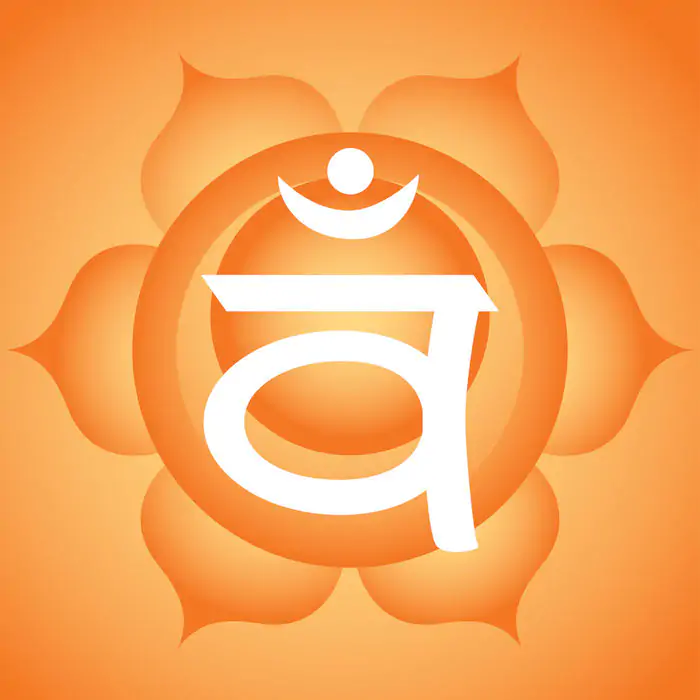
Location: About two inches below your navel
Color: Orange
Element: Water
This is your creative and sexual energy center. It governs pleasure, emotions, and your ability to flow with life’s changes. When balanced, you feel creative, sensual, and emotionally stable. You can express your feelings without being overwhelmed by them.
When blocked, creativity dries up. You might feel emotionally numb, have relationship problems, or struggle with addiction to pleasure. One client told me she knew her sacral chakra was blocked because she couldn’t even choose what to cook for dinner; she’d lost all connection to what she actually wanted or enjoyed.
Common signs of imbalance:
- Creative blocks
- Lack of sexual desire or pleasure
- Emotional numbness or volatility
- Lower abdominal pain
- Reproductive issues
- Difficulty with intimacy
Simple healing practices:
- Dance freely to music you love
- Take warm baths
- Eat orange foods like oranges, carrots, or sweet potatoes
- Practice hip opening stretches (Hip Openers Unlocked)
- Creative expression through art, writing, or music
- Emotional journaling
The sacral chakra connects directly to digestive health (Yoga Poses for Better Digestion), which is why emotional stress often manifests as stomach problems.
3. Solar Plexus Chakra (Manipura) – Your Personal Power
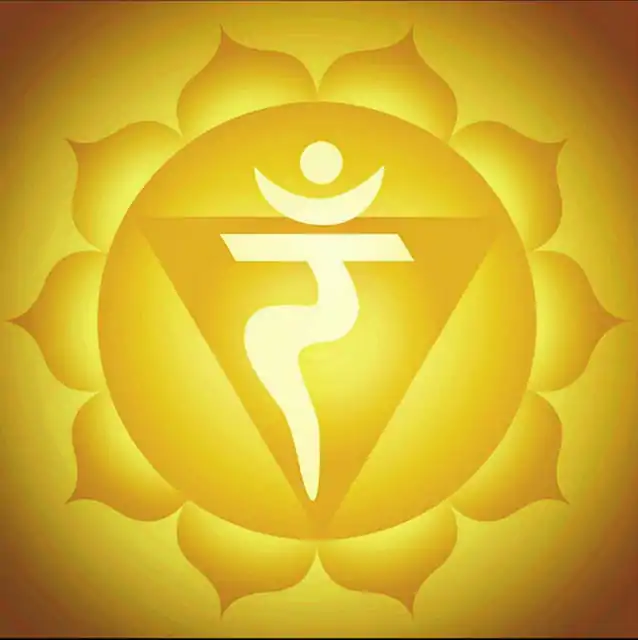
Location: Upper abdomen, just below the ribcage
Color: Yellow
Element: Fire
This is your confidence center, your inner fire. It governs self esteem, personal power, and your ability to take action in the world. When it’s strong, you make decisions easily, set healthy boundaries, and feel capable of achieving your goals.
When it’s weak, you might struggle with pleasing people, have difficulty making decisions, or swing between being overly controlling and completely passive. You might also notice digestive issues and your “gut feelings” are literally connected to this energy center.
Common signs of imbalance:
- Low self esteem or confidence
- Difficulty making decisions
- Digestive problems
- People pleasing tendencies
- Feeling powerless or victimized
- Stomach ulcers or acid reflux
Simple healing practices:
- Core strengthening exercises
- Practice setting small boundaries
- Eat yellow foods like bananas, corn, or yellow peppers
- Spend time in sunlight
- Work with affirmations about personal power
- Practice saying “no” when you mean no
The solar plexus connects to both digestive health (Yoga Poses for Better Digestion) and understanding body mechanics
4. Heart Chakra (Anahata) – Your Emotional Center
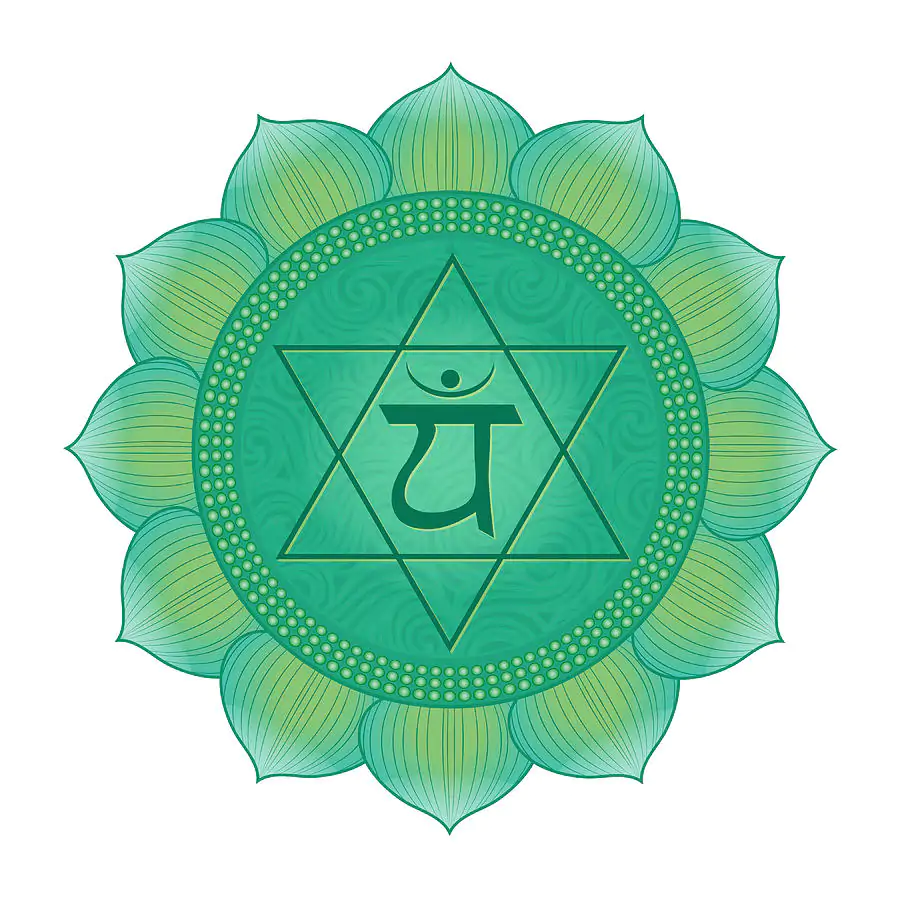
Location: Center of your chest
Color: Green
Element: Air
This is the bridge between your lower physical chakras and upper spiritual ones. It governs love, compassion, empathy, and forgiveness. When open, you give and receive love freely, feel connected to others, and experience genuine joy.
When closed, you might build walls around your heart, struggle with forgiveness, or go to extremes either being overly giving to your own detriment, or being cold and distant.
After my divorce, I spent years with my heart chakra completely locked down. I thought I was protecting myself, but really I was just preventing any real connection. It took conscious work to gradually soften those barriers.
Common signs of imbalance:
- Difficulty trusting others
- Feeling isolated or lonely
- Chest tightness or heart problems
- Inability to forgive
- Either being overly giving or overly selfish
- Respiratory issues
Simple healing practices:
- Practice gratitude daily
- Spend time in nature, especially with trees
- Eat green foods like leafy vegetables
- Practice heart-opening yoga poses
- Loving kindness meditation
- Work on forgiveness (starting with yourself)
Heart chakra work often connects to meditation practices (What is Meditation: Benefits and Effects) and understanding relationship dynamics (Relationships in Yoga).
5. Throat Chakra (Vishuddha) – Your Voice
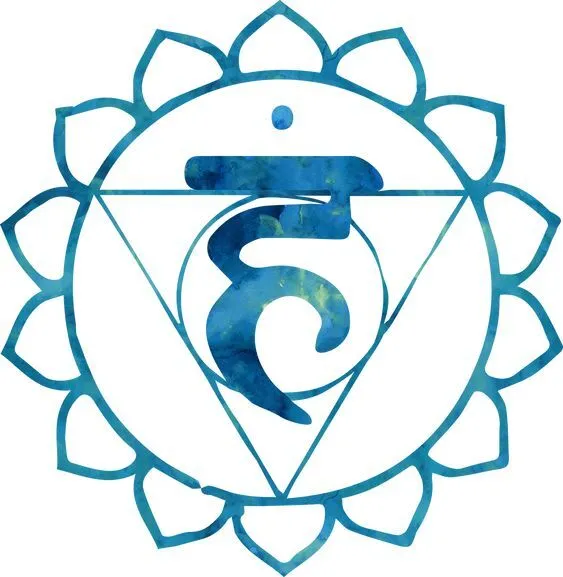
Location: Throat area
Color: Blue
Element: Space
This governs communication, self expression, and speaking your truth. When balanced, you communicate clearly and authentically, listen well, and express your creativity freely.
When blocked, you might struggle to speak up for yourself, fear judgment, or go to the opposite extreme and talk too much without really saying anything meaningful. You might also notice throat problems, thyroid issues, or neck tension.
Common signs of imbalance:
- Fear of speaking up
- Sore throats or thyroid problems
- Neck tension
- Difficulty expressing emotions
- Talking too much or too little
- Fear of being judged
Simple healing practices:
- Sing, hum, or chant
- Practice speaking your truth in small ways
- Journal regularly
- Drink plenty of water
- Eat blue foods like blueberries
- Practice mantra work (Sanskrit Mantras: Uses and Benefits)
- Work with breathwork (Ujjayi Breath Guide)
The throat chakra is intimately connected to breath and energy flow (Prana Definition: The 5 Vital Energies).
6. Third Eye Chakra (Ajna) – Your Inner Wisdom
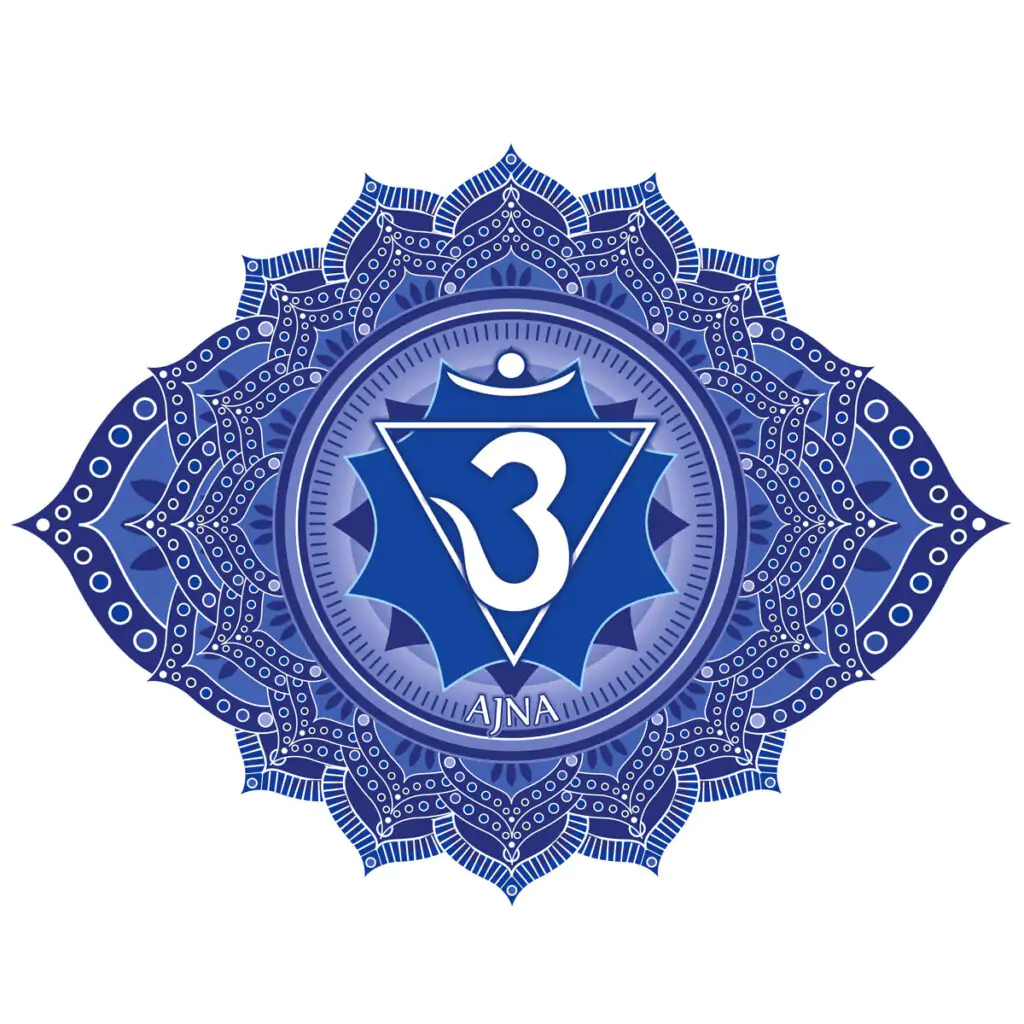
Location: Between your eyebrows
Color: Indigo
Element: Light
This is your intuition center, governing insight, imagination, and inner knowing. When open, Ajna – you trust your intuition, see situations clearly, and have access to inner wisdom. You might notice increased synchronicities or clearer dreams.
When blocked, you might struggle with decision making, feel confused about your life direction, or dismiss your intuitive hits. You might also experience headaches, eye problems, or trouble sleeping.
Common signs of imbalance:
- Lack of clarity or direction
- Headaches or migraines
- Poor memory or concentration
- Difficulty trusting intuition
- Nightmares or sleep problems
- Feeling stuck or confused
Simple healing practices:
- Meditation focused on the space between your eyebrows (Best Position for Meditation)
- Eat purple foods like eggplant, grapes, or purple cabbage
- Practice visualization exercises
- Keep a dream journal
- Spend quiet time in reflection
- Limit overstimulation from screens
Third eye work naturally connects with meditation practices (What is Meditation: Benefits and Effects) and seated poses for contemplation (8 Seated Yoga Poses).
7. Crown Chakra (Sahasrara) – Your Spiritual Connection
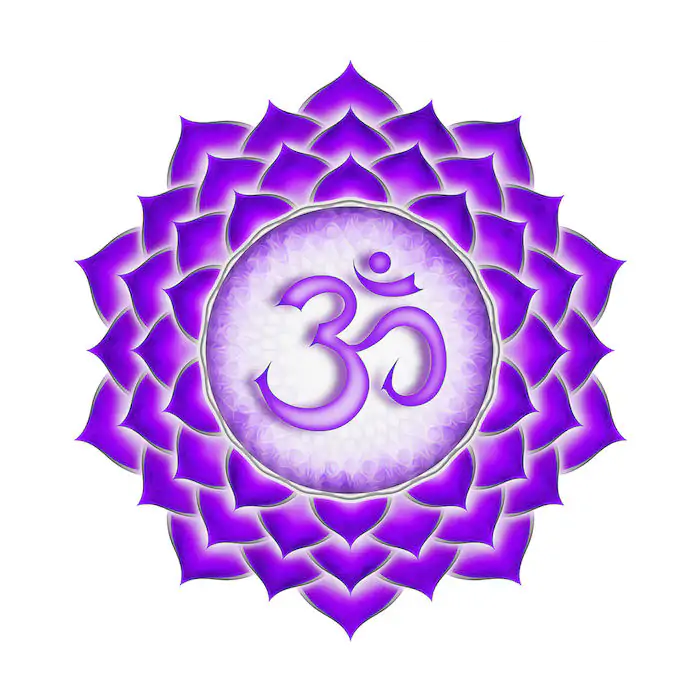
Location: Top of your head
Color: Violet or white
Element: Thought
This is your connection to the divine, to universal consciousness. It governs spirituality, enlightenment, and your sense of life purpose. When open, you feel connected to something greater than yourself and have a sense of meaning in life.
When blocked, you might feel spiritually disconnected, cynical, or like life has no meaning. You might also struggle with chronic fatigue or neurological issues
Common signs of imbalance:
- Feeling spiritually disconnected
- Lack of purpose or meaning
- Chronic fatigue
- Depression
- Cynicism
- Neurological problems
Simple healing practices:
- Prayer or spiritual study
- Meditation on unity or oneness
- Fasting or eating very light foods
- Spending time in sacred spaces
- Connecting with community
- Service to others
Crown chakra work often intersects with deeper spiritual practices (Spirituality in Light of Yoga Philosophy) and advanced meditation techniques (Best Position for Meditation).
Recognizing When Things Are Out of Balance
The tricky thing about chakra imbalances is that they rarely happen in isolation. Usually, when one chakra is blocked, it affects the others. And the symptoms aren’t always obvious.
For example, if you’re having trouble speaking up at work (throat chakra), it might actually stem from a lack of confidence (solar plexus) or feeling unsafe to express yourself (root chakra). This is why working with the chakra system is so valuable it helps you see the connections between seemingly unrelated problems.
Some general signs that your energy system needs attention:
- Chronic physical symptoms that don’t respond to medical treatment
- Feeling stuck in the same patterns
- Emotional reactions that seem disproportionate
- Difficulty in specific life areas (relationships, creativity, communication, etc.)
- Feeling disconnected from yourself or others
Practical Ways to Work with Your Chakras
Here’s the thing: you don’t need to buy expensive crystals or essential oils to work with your chakras (though if those things appeal to you, go for it). The most effective practices are often the simplest ones.
Daily practices that work:
- Body awareness: Simply paying attention to physical sensations and what they might be telling you
- Breathwork: Conscious breathing naturally moves energy through your system
- Movement: Yoga, dancing, or even walking can help clear blockages
- Sound: Humming, singing, or chanting creates vibrations that affect your energy centers
- Meditation: Even five minutes of quiet reflection can make a difference
- Journaling: Writing helps process emotions and gain clarity
Working with specific issues:
- If you’re anxious → Focus on grounding practices for the root chakra
- If you’re creatively blocked → Work with sacral chakra through movement and pleasure
- If you can’t make decisions → Strengthen your solar plexus with confidence building practices
- If relationships are difficult → Open your heart chakra through forgiveness and gratitude
- If you can’t speak up → Clear your throat chakra with voice work and truth telling
- If you lack direction → Develop your third eye through meditation and reflection
- If life feels meaningless → Connect with your crown chakra through spiritual practice
The Bigger Picture
Working with chakras isn’t about achieving some perfect state of balance (that doesn’t exist anyway). It’s about developing awareness of your own energy patterns and having tools to work with them.
I’ve noticed that people who dismiss chakra work often haven’t actually tried it, while those who’ve experimented with it, even skeptics, often find it surprisingly practical. You don’t have to believe in anything mystical to benefit from paying attention to where you hold tension, practicing breathwork, or working with affirmations.
The chakra system integrates beautifully with other healing approaches. It works alongside traditional medical treatment, psychological therapy, and other holistic practices like Ayurveda (What is Ayurveda and Its Principles) or classical yoga philosophy (What Are the Eight Limbs of Yoga).
What I appreciate most about this system is that it puts you back in the driver’s seat of your own healing. Instead of seeing yourself as a victim of circumstances or genetics, you start to see patterns you can actually work with. You begin to understand the connections between your thoughts, emotions, and physical experience.
Starting Your Own Practice
If you’re new to this, start simple. Pick one chakra that resonates with current challenges you’re facing. If you’re dealing with anxiety, work with your root chakra. If you’re creatively stuck, focus on the sacral. If you’re having relationship issues, explore the heart center.
Try one or two practices for a few weeks and see what you notice. Keep a simple journal of any changes, physical, emotional, or circumstantial. The key is consistency over intensity.
Remember, this is a practice, not a performance. Some days your energy will feel clear and flowing, other days you’ll feel blocked and heavy. Both are normal parts of the human experience.
The real magic happens when you start to see the connections, how addressing that old anger helped your digestion, how learning to speak up improved your relationships, how grounding practices helped your anxiety. That’s when the chakra system stops being some abstract concept and becomes a practical tool for living more fully.
Whether you approach this as a spiritual practice, a psychological framework, or simply a way to understand your body better, the invitation is the same: start paying attention to your own energy. Your body is always trying to communicate with you. The chakra system is just one way to start listening.
For those ready to dive deeper into specific practices, exploring traditional cleansing techniques (Shat Kriyas: Yogic Cleansing Guide) or learning targeted methods for clearing blockages (How to Unblock Chakras) can provide more advanced tools for energy work.
Frequently Asked Questions about the 7 Chakras
The 7 chakras are energy centers located along the spine, each associated with specific physical, emotional, and spiritual aspects of well being. They include the root, sacral, solar plexus, heart, throat, third eye, and crown chakras.
Common signs of chakra blockages include physical symptoms (like pain or tension), emotional imbalances (such as anxiety or anger), and recurring life patterns. For example, feeling insecure or anxious may point to a blocked Root Chakra.
You can balance chakras through meditation, yoga poses, breathwork, affirmations, visualization, diet, and energy healing techniques. Many people also practice mantra chanting and use crystals or colors associated with each chakra
The fastest way varies by individual, but grounding practices, focused breathwork, and chakra specific yoga poses often show immediate results. For the root chakra, walking barefoot in nature or practicing Warrior Pose (see: Yoga Warrior Pose Guide) can be effective.
While chakras originate from ancient spiritual traditions, scientific studies increasingly support the mind body connection described by chakra theory, especially regarding meditation and energy work’s effects on physical and mental health
Root (Muladhara): Security and grounding
Sacral (Svadhisthana): Creativity and sexuality
Solar Plexus (Manipura): Confidence and personal power
Heart (Anahata): Love and compassion
Throat (Vishuddha): Communication and truth
Third Eye (Ajna): Intuition and wisdom
Crown (Sahasrara): Spiritual connection and enlightenment
Yes, with regular practice and awareness, most people can make positive shifts in their energy centers using self care tools like yoga, meditation, and breathwork (see: How to Unblock Chakras).
Chakra meditation combines visualization, mantra chanting, breathing techniques, and mindfulness to focus attention on each energy center and encourage balanced flow.
Eating colorful, whole foods connected to chakra colors can support balance—for example, red foods for root chakra, orange for sacral, green for heart, etc. Hydration and a balanced diet are essential.
Yes, many physical ailments (e.g., headaches, digestive issues, chronic pain) are believed to be linked to imbalances in corresponding chakras. Addressing chakra health may help alleviate these symptoms.
